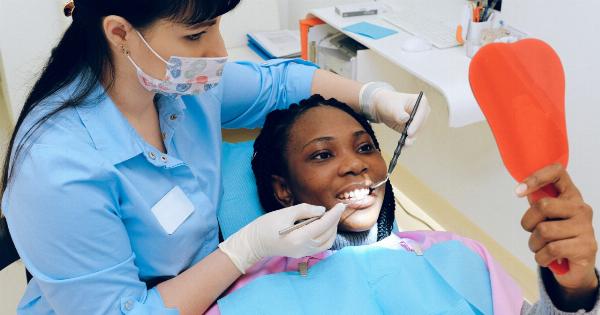Scleroderma and Morphea are two rare autoimmune skin disorders. While they are distinct conditions, they share similarities in their symptoms and underlying mechanisms.
This comprehensive guide aims to provide an in-depth understanding of both diseases, including their causes, symptoms, diagnosis, treatment options, and current research.
Scleroderma: An Overview
Scleroderma is a chronic connective tissue disease characterized by the abnormal growth of fibrous tissue. This excessive fibrosis results in hardening and thickening of the skin.
It can also affect internal organs such as the lungs, heart, and digestive tract. Scleroderma is more common in women and often develops between the ages of 30 and 50.
Symptoms of Scleroderma
The symptoms of scleroderma vary depending on the subtype and severity of the disease. The most common symptoms include:.
- Thickening and hardening of the skin
- Tightness and stiffness of the fingers
- Raynaud’s phenomenon (numbness, color changes, and pain in the fingers and toes)
- Joint pain and inflammation
- Shortness of breath and cough
Types of Scleroderma
Scleroderma can be classified into two main types: localized and systemic.
Localized Scleroderma
Localized scleroderma mainly affects the skin and usually does not involve internal organs. There are two major subtypes:.
- Morphea: Morphea presents as thickened patches of skin that are usually oval-shaped or linear. It can cause cosmetic concerns but does not usually lead to severe complications.
- Linear scleroderma: Linear scleroderma involves a band of thickened skin that appears on the arms, legs, or face. It can sometimes affect the underlying muscles and bones.
Systemic Scleroderma
Systemic scleroderma is more severe and can affect not only the skin but also various internal organs. It is further divided into two subtypes:.
- Limited cutaneous systemic sclerosis: Limited cutaneous systemic sclerosis primarily affects the skin on the hands, arms, face, and feet. It may also involve the digestive tract and lungs.
- Diffuse cutaneous systemic sclerosis: Diffuse cutaneous systemic sclerosis affects the skin more extensively, often involving the whole body. It can also affect multiple organs, including the heart, lungs, kidneys, and gastrointestinal tract.
Morphea: An Overview
Morphea, also known as localized scleroderma, is a subtype of scleroderma that primarily affects the skin. It is characterized by thickened, discolored patches that can appear on any part of the body.
Unlike systemic scleroderma, morphea usually does not cause internal organ involvement.
Symptoms of Morphea
The symptoms of morphea typically include:.
- Oval-shaped or linear patches of thickened skin
- Discoloration ranging from pale white to reddish or dark brown
- Itching or burning sensation in the affected areas
- Cosmetic concerns due to changes in skin texture and appearance
Causes and Risk Factors
The exact causes of scleroderma and morphea are still unclear. However, research suggests that a combination of genetic and environmental factors may contribute to their development. Some potential risk factors for these diseases include:.
- Family history of autoimmune diseases
- Exposure to certain chemicals or toxins
- Infections triggering an abnormal immune response
- Female gender – both scleroderma and morphea are more common in women
Diagnosis and Treatment
Diagnosing scleroderma and morphea often involves a combination of clinical evaluation, skin biopsy, blood tests, and imaging studies. Early diagnosis is crucial to initiate appropriate treatment and prevent complications.
While there is no cure for scleroderma and morphea, various treatment options can help manage symptoms and slow disease progression. These may include:.
- Topical or systemic corticosteroids to reduce inflammation
- Immunosuppressant medications to modulate the immune response
- Physical therapy to maintain joint mobility and reduce stiffness
- Medications to dilate blood vessels and improve circulation
- Plastic surgery or cosmetic procedures to address cosmetic concerns
Current Research and Outlook
Significant progress has been made in understanding scleroderma and morphea, but many aspects of these diseases remain obscure.
Ongoing research aims to unravel the genetic and environmental factors involved, develop better diagnostic tools, and explore novel treatment approaches.
Conclusion
Scleroderma and morphea are complex autoimmune diseases predominantly affecting the skin. While scleroderma can involve multiple organs, morphea primarily impacts the skin.
Early diagnosis and appropriate management are crucial to alleviate symptoms and prevent complications. Ongoing research offers hope for enhanced understanding and improved therapeutic options for individuals living with these challenging conditions.































